
Designing Places to Covet
Landscape Architect and Lead Designer Lisl Kotheimer explores the social and emotional connection we have with the built environment.
As a designer, a Landscape Architect, and a person of the world, I am regularly thinking about how the built environment can be as exciting and relevant as any other material or product that a person can covet. In a world defined by consumer culture there are some relevant reasons for a Landscape Architect to examine consumer products and the marketing tactics and fashion trends that influence the social behaviors and emotions that we have around the things we buy. These tactics and trends can provide a guide for designing the spaces where people play out their day to day lives.
We have all heard of the term consumer culture and we normally associate it with buying and consumption of goods. Consumer culture is a type of material culture and it is also considered an arena for social interaction and social change and is highly influenced by marketing. So, let’s look at some marketing terms that can help Landscape Architects design built environments that people will covet: Framing, Needs vs. Wants, and Storytelling.
Framing
Framing is a marketing tactic that is used in advertisements to generate an emotional connection to a product or good. Generally, when a person sees a commercial or targeted ad their brain will filter out what is most important to them. Nowadays, we see a lot of products framed around ethics: limiting pollution, improving the environment, making an impact on social issues, accessibility, inclusivity, and altruism. For example, Cariuma sneakers advertise that their sneakers are carbon neutral, made in ethical factories, packaged with recyclable materials, and two trees are planted in the Brazilian rainforest with every purchase! We all know that buying a pair of shoes isn’t going to save the rainforest, but these ideas make us feel good about the product we are using. We can apply these framing tactics as Landscape Architects to foster a strong emotional connection with the built environments we create.
MKSK’s Scioto Audubon Metro Park in Columbus, Ohio is a unique “natural” oasis for the south side and downtown population. Formerly an industrial area and junk yard, the park is now a showcase for strategies in improving the environment, accessibility, and inclusivity. The 160-acre park, completed in 2013, capped brownfields, restored wetlands, and improved the habitat for migratory birds along the Scioto River. The park is also home to the Grange Insurance Audubon Center which is a popular downtown wedding venue that “lets in sunlight, honors nature and is true to a sustainable mindset.” The couple that hosts their wedding at the Audubon Center already thinks of themselves as stewards to the environment, and they are also urban and sophisticated and want the option of having Columbus’s skyline in the background of their wedding photos. Framing doesn’t change someone’s mindset – it highlights ideas like “sustainability” and “urban” that are important to a person.
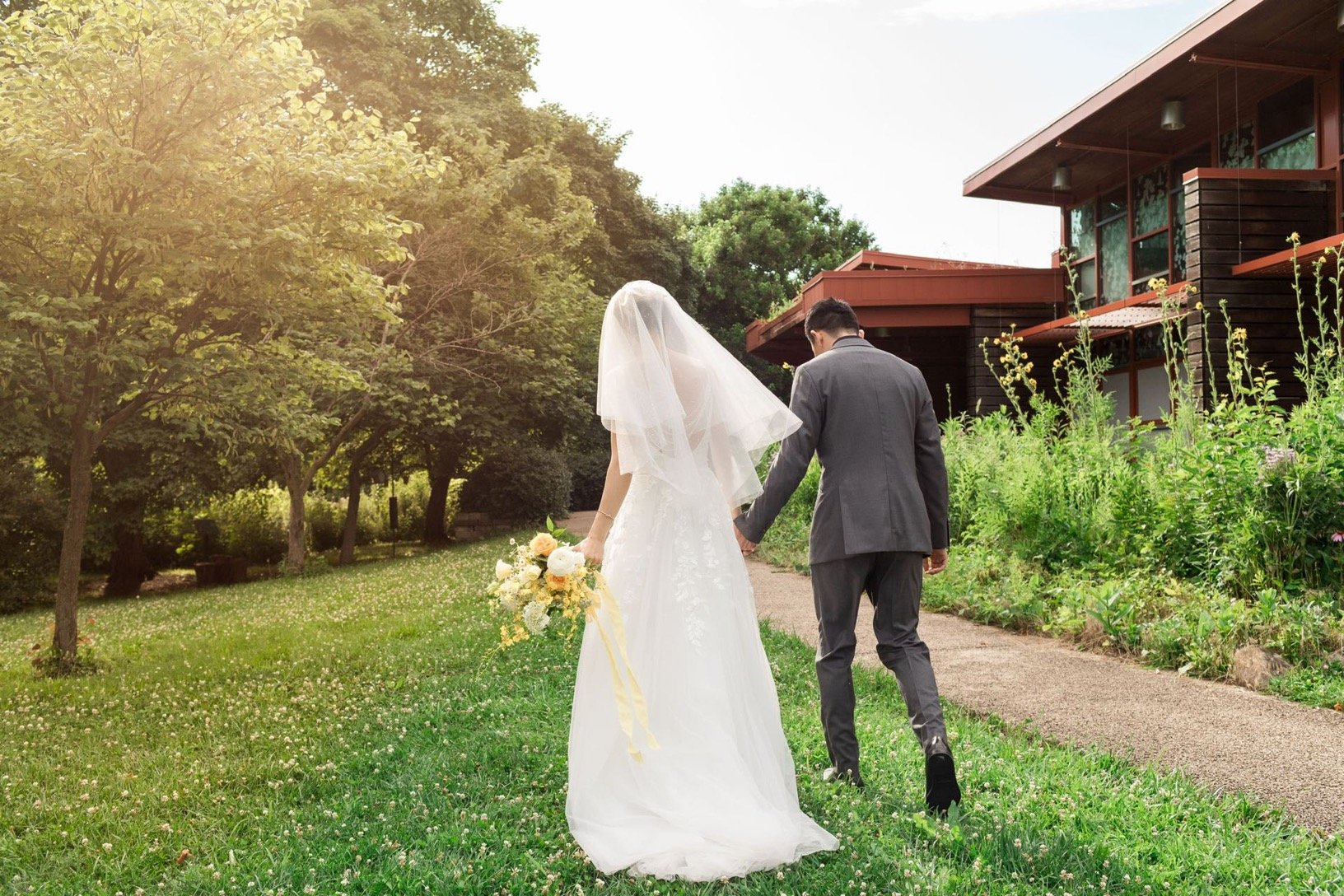
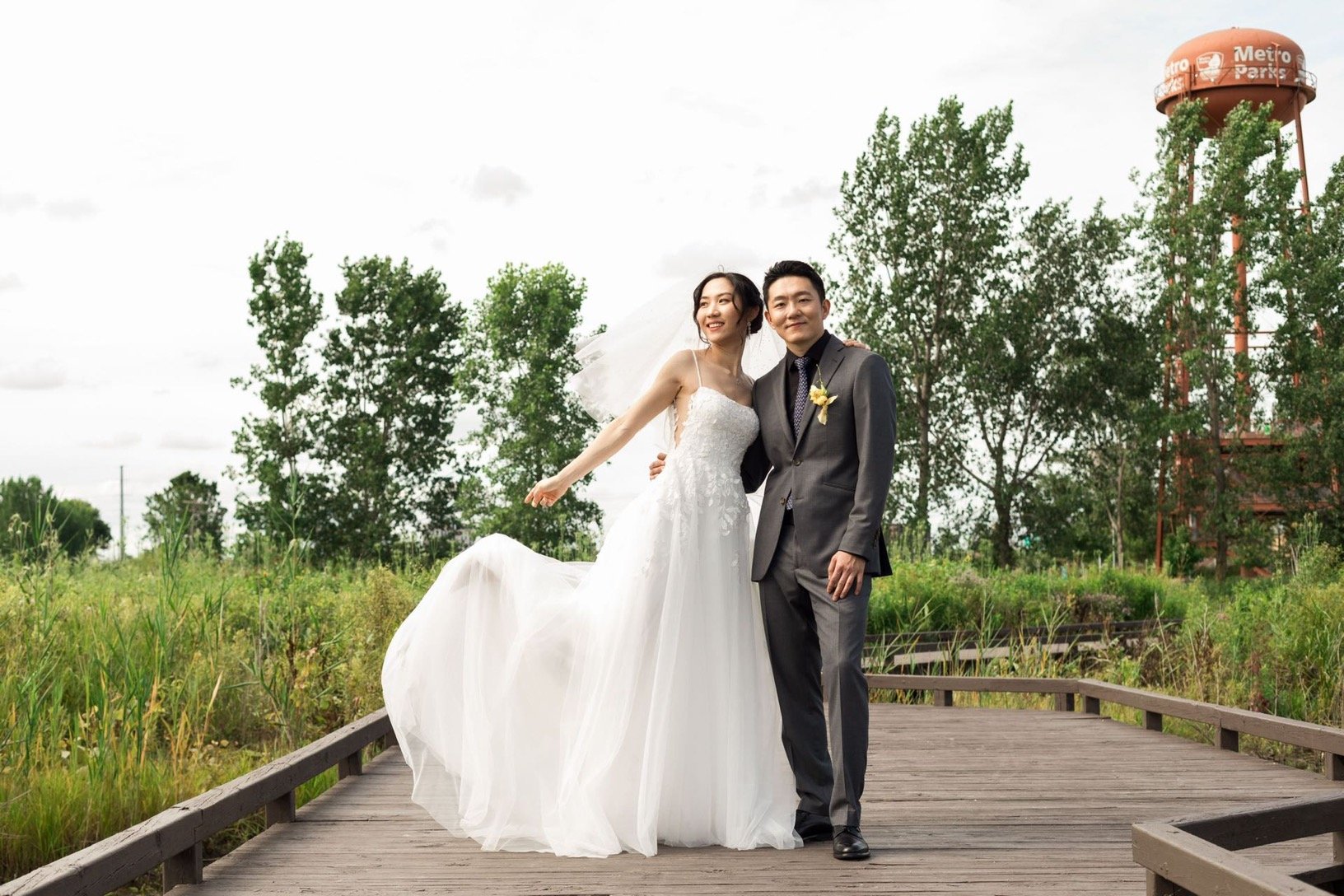
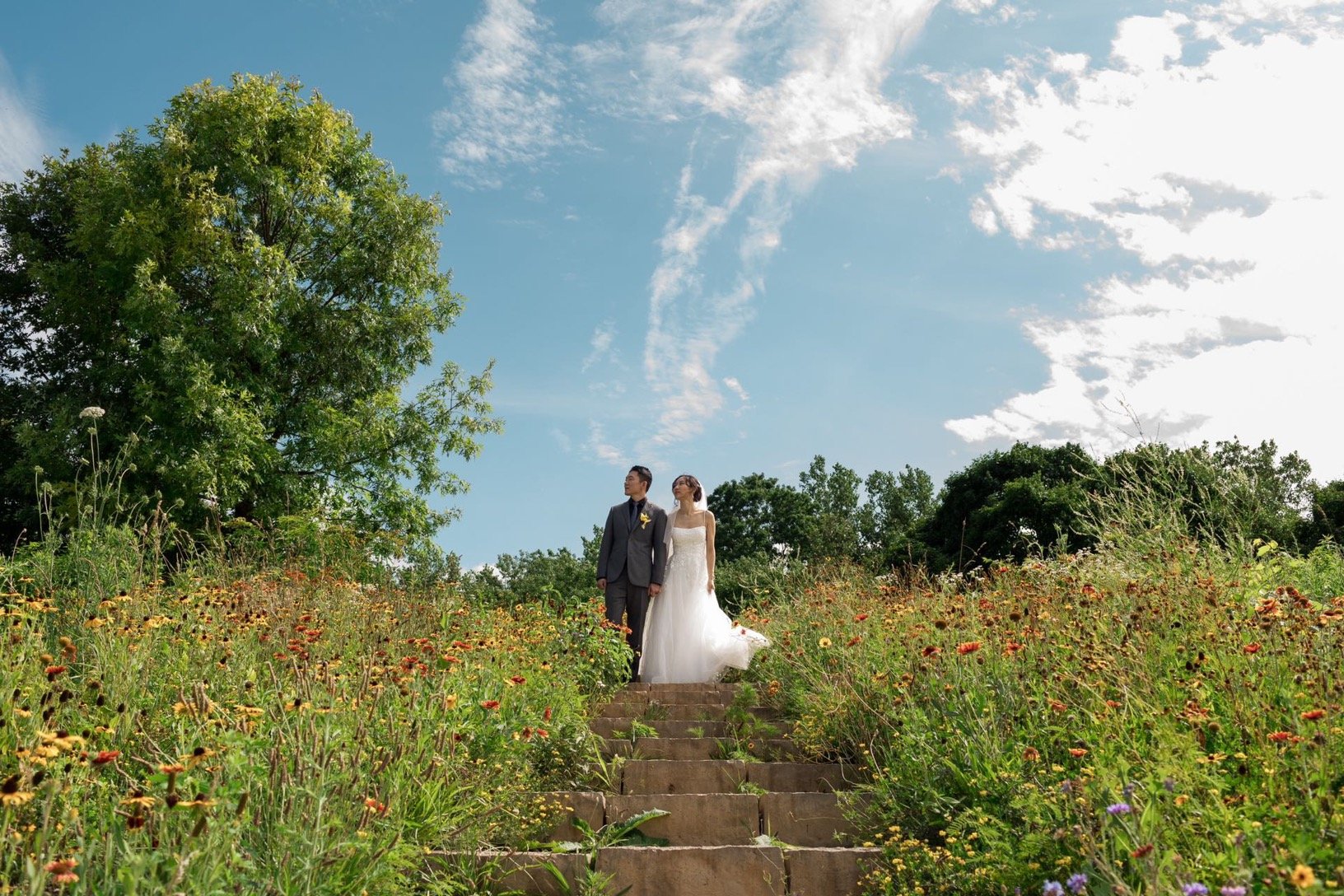
“Needs” vs. “Wants”
When advertising a good or service, marketers need to blur the line between what people need and what people want. “Needs” are practical and objective – food, clothing, shelter – while wants are more irrational and subjective. In the field of Landscape Architecture the needs include things like shade, safety, accessibility, and places to rest. We provide these features at a bare minimum and they are measurable and straightforward to implement.
“Wants” are more difficult to measure, but are also the things that make a product new and exciting for the user. In consumer goods, a “want” could be a toy from the latest Lego collaboration or the next item in a “collect them all” scheme. In the built environment, things like cool paving, collaborations with local artists, and sculptural furniture may be the things that make a place exciting and relevant to a community. To design these features, Landscape Architects have to understand the audience and get a feel for their emotional tie to the site. “Wants” may change over time and ebb and flow with different audiences or changes in fashion and style. They may also require storytelling that sells a particular design or unique aesthetic.
One way MKSK provides the “wants” – the exciting parts of the design that tie to our emotions – is by collaborating with the art community. At the Easton Urban District in Columbus, Ohio, MKSK engaged artist and strategist Adam Brouillette to develop an art and placemaking plan for the District. Adam’s strong relationship with the local art community allowed him to identify the most appropriate and relevant artists to feature in the development. A poem about coffee, written by Barbara Fant and painted by Derrick Hickman, is featured on the walls of the coffee shop. The glowing Maiden Shield, by Catherine Bell Smith represents women’s strength and the “silent language” of visual artists and is permanently installed within the district. Visitors to the Urban District can expect to see more local art unveiled over time and it will always be targeted to current attitudes and emotions of Easton’s audience.

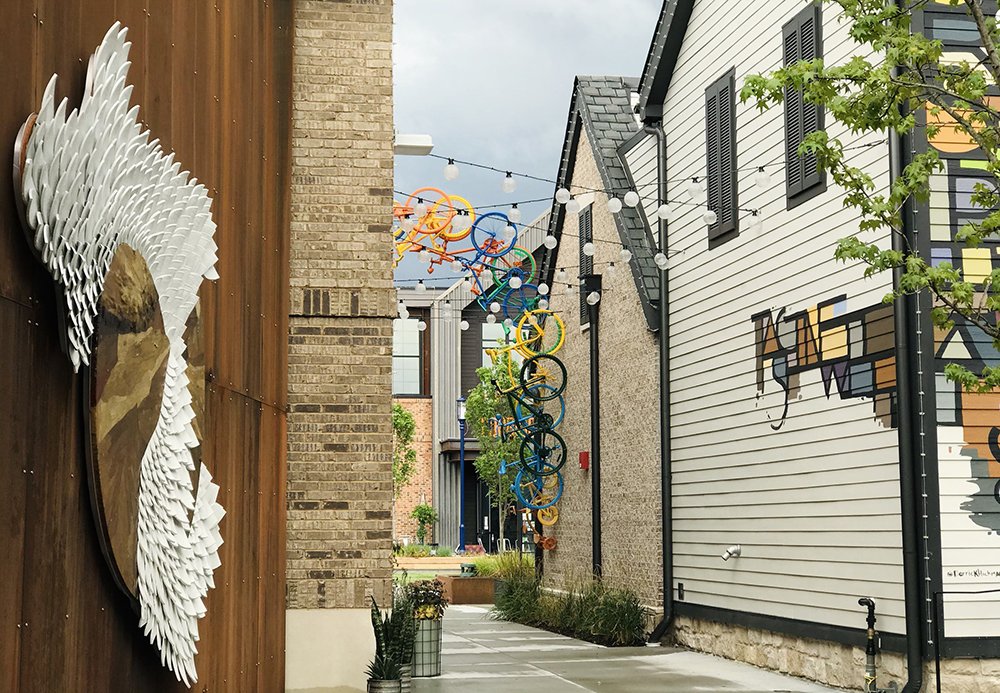
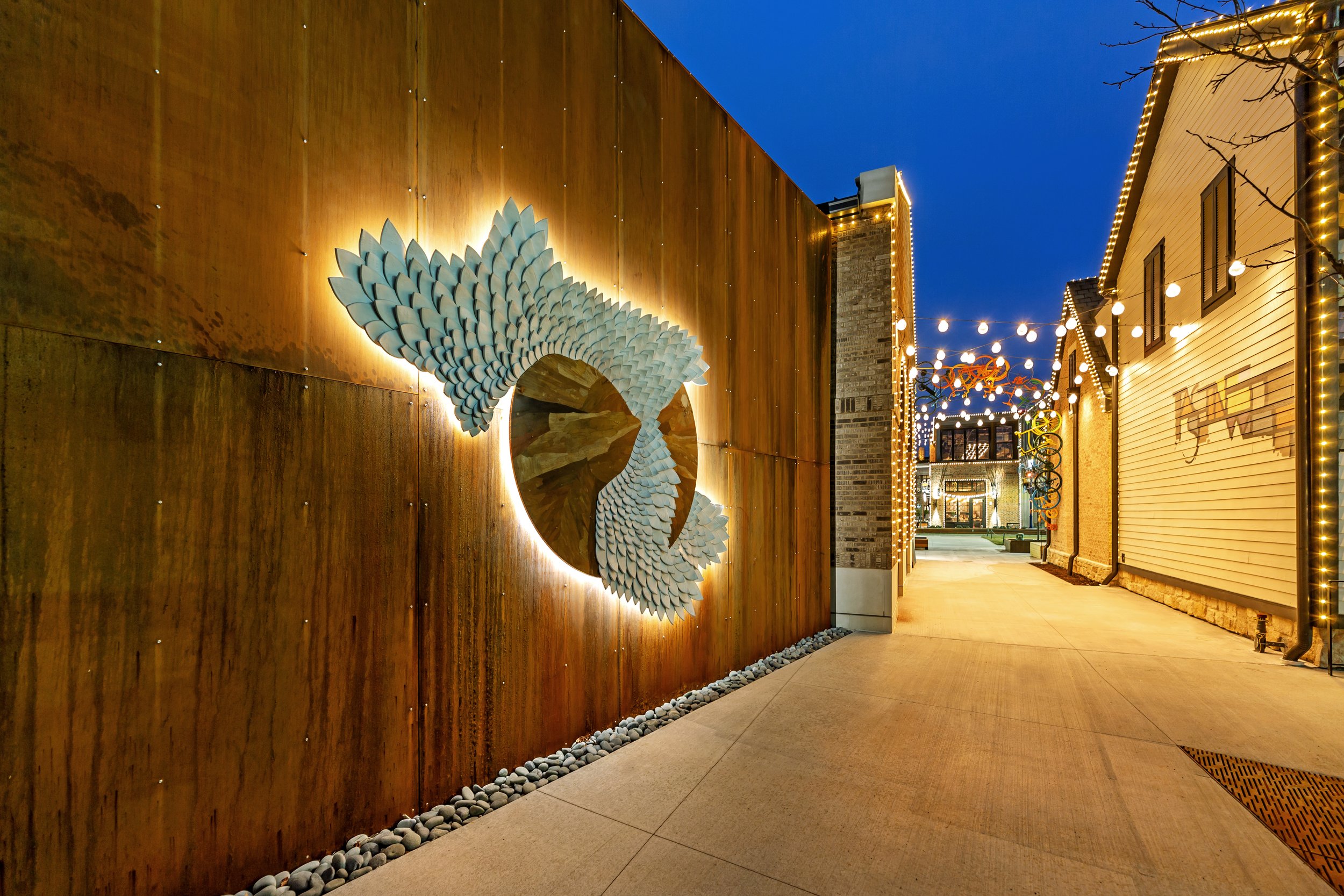
Storytelling
This brings us to the third marketing tactic: Storytelling. There are several ways that marketers use storytelling to sell a product or a service. Types of stories that may work well for Landscape Architects include those that appeal to the senses, appeal to a specific audience, or agree with a community’s worldview. In 2023, Subaru’s “Dog Tested, Dog Approved” campaign featured commercials where a family of golden retrievers, the Barkleys, took their vehicle through major life milestones such as sending a child off to college, going on a family vacation, and learning to drive. This “story” relates well to dog owners, families with children, and people with a sense of adventure.
MKSK recently completed a renovation of Ohio State University’s Mirror Lake and developed a new plaza at the intersection of 15th Avenue and High Street, University Square. It was important that these two projects spoke to each other and told the story of “The Long Walk.” The long walk traces the path of the Iuka Ravine as it flows across the Ohio State University Campus to the Olentangy River. Historically, the long walk was a broad red brick pathway that connected the 15th Avenue entrance of the University across the Oval to the Library. One story from the early 20th Century said that the pathway was forbidden to be walked on by Freshmen and the penalty was to be thrown into Mirror Lake. Another story said if a couple walks the length of the path together then their love will last forever.
As the Long Walk crosses University square along 15th Avenue, the pathway is adorned with the word “friendship” inlaid in the pavement in every language spoken at the school. This lyric from Ohio State University’s school song, Carmen Ohio, “How firm thy friendship” will speak to generations of alumni as they return to campus and take the long walk down to Mirror Lake. At Mirror Lake there are more conventional interpretive elements that tell individual stories of former students.
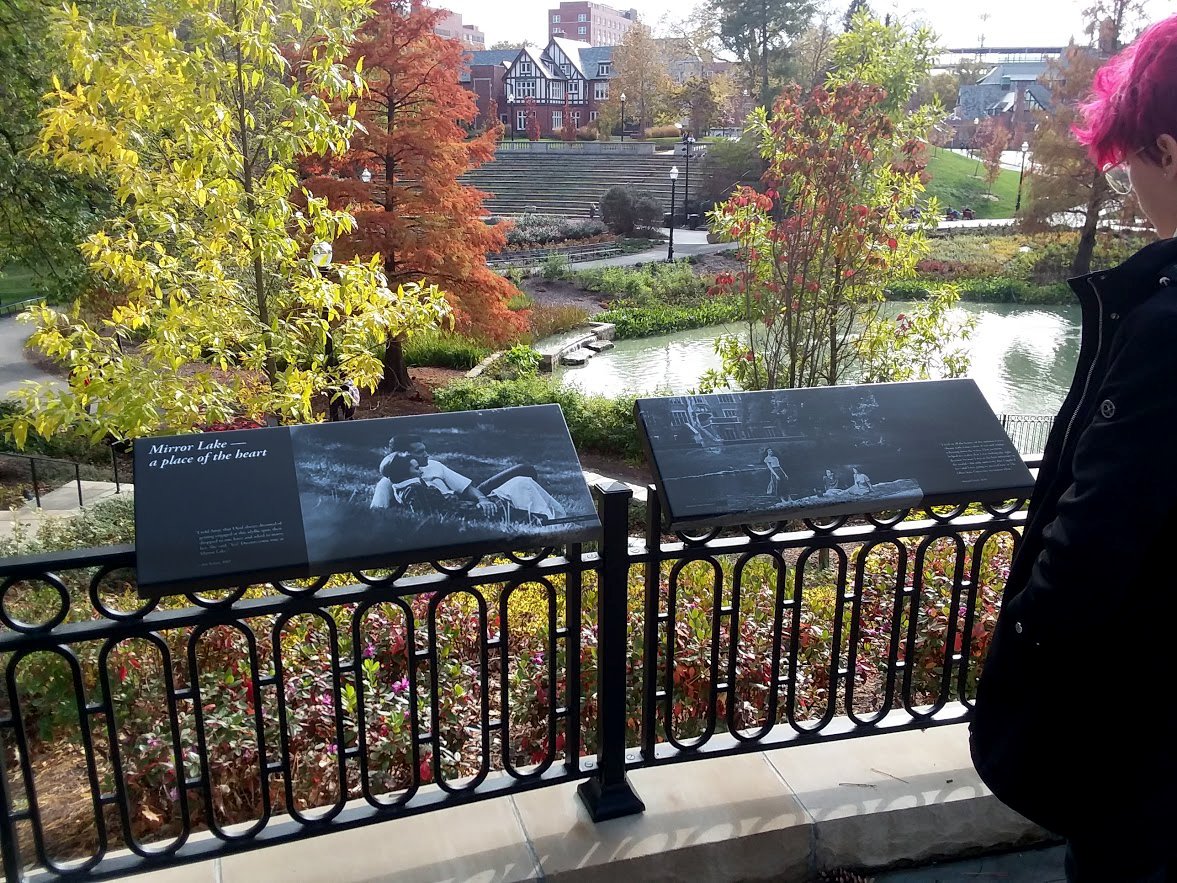

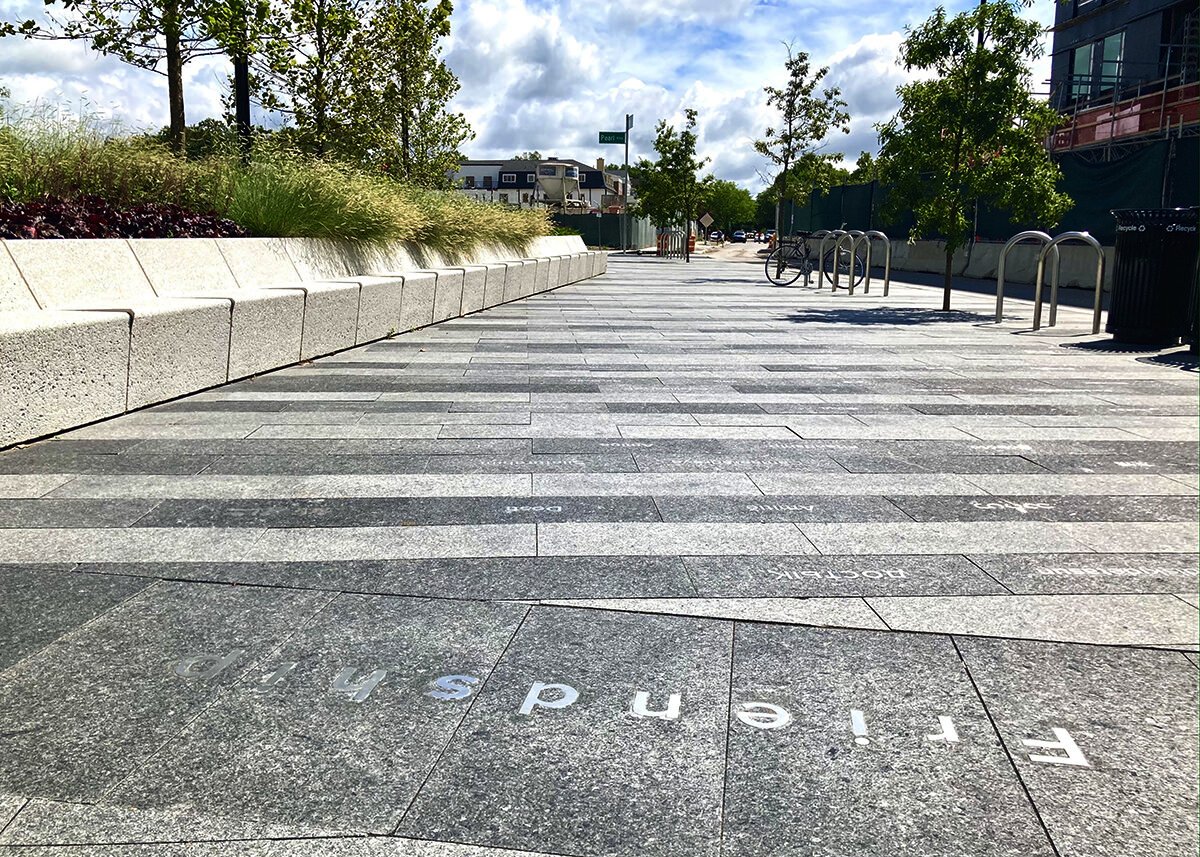
These examples highlight the way in which the built environment is a “product” that must appeal to the consumer – through the design process and through the maintained existence of the designed space. It is important to play off of the emotional ties people have to materials, products, and the spaces where they spend their lives. As Landscape Architects, we can learn from marketers of consumer goods to create places that people will covet.
Lisl Kotheimer, PLA, LEED AP, is an Associate Landscape Architect with MKSK. With experience with all stages of design from concept through implementation, she has been the lead designer on a variety of project types including large-scale urban design and development projects, mixed-use retail environments, and multi-family housing. Lisl has unique design experience with public space activation, temporary placemaking, and integrating public art into projects. Her expertise has helped realize some of the most memorable, community-centered spaces in the cities and towns where we work. Lisl has a Master of Landscape Architecture from Harvard University and Bachelor of Science in Landscape Architecture from The Ohio State University.
Scioto Audubon Metro Park wedding photoscredit: Adam Lowe Photography